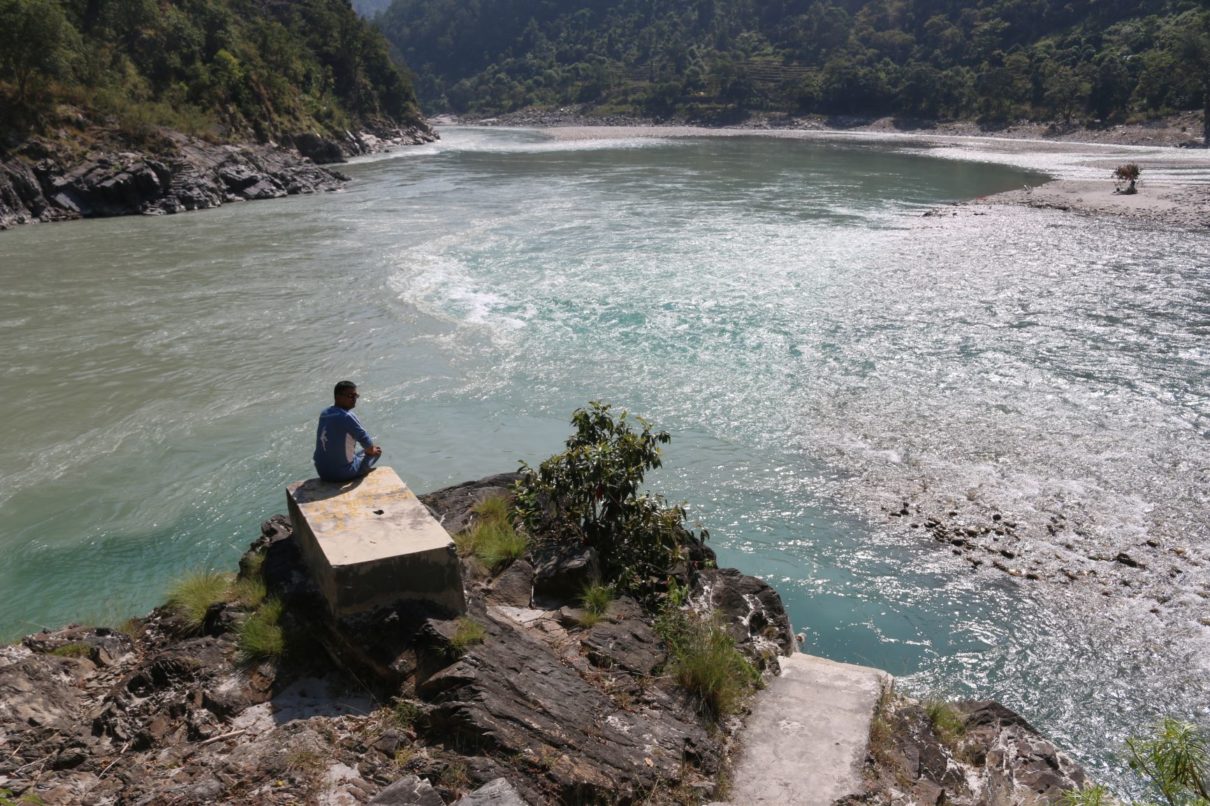The development of the university is being viewed as a significant step forward in Nepal’s higher education sector. It is expected to offer quality education with liberal arts approach and provide opportunities to students, who previously had to go abroad for higher studies. It is also being projected as a potential solution to the challenges facing the higher education sector in Nepal.
Recently, members of the Committee interacted with the chairperson, Dr Arjun Karki, and members Dr Surya Raj Acharya, Dr Bipin Adhikari, and Dr Amina Singh of the Board to discuss the proposed university and the draft legislation. Former Law Secretary Madhab Poudel was also present at the meeting as a legal expert. Some members of the committee also visited Nawalparasi, observed the proposed university sites, and spoke with the concerned 'palikas' that have joined hands with the promoters in establishing the university. However, according to Professor Adhikari, who also teaches at the Kathmandu University School of Law, it is impossible to develop existing universities in Nepal without a complete restructuring of the current system and breaking the vested political interests. Prof Adhikari highlighted the need for reforms in areas such as political appointment, high-level leadership and top management, recruitment policies, and academic and professional autonomy, with a focus on liberal arts and sciences approach. This seems to be difficult at this stage. Apart from Kathmandu University, none of the universities in Nepal have independent fund-raising capacity and rely solely on government finance. Many universities suffer with insufficient numbers of students and lack of quality teachers. The underperformance of universities in Nepal may be due to a variety of factors, including a lack of adequate investment in education, political instability, and difficulties in attracting and retaining talented faculty. Low salaries, a lack of research funding, and limited opportunities for professional growth are some of the reasons that may have contributed to the challenges that the universities face. The promoters of the University of Nepal have offered this new public university as a potential model for the country. There has also been a debate about the possibility of passing an umbrella legislation in Nepal to establish and govern all universities. However, according to Professor Adhikari, this may have negative consequences. It may limit the autonomy and flexibility of individual universities and could be perceived as a government overreach. The diversity and complexity of the university system in Nepal may also make it difficult to create a one-size-fits-all approach that effectively addresses the unique needs and challenges of each institution. Any proposed change should take into account the diverse needs and concerns of the universities, students, and other stakeholders, and provide a balance between government oversight and institutional autonomy. Recent developments suggest that the University of Nepal Bill has garnered widespread support from most political parties in Nepal. There is an expectation that the bill will be passed by both houses of the parliament during the ongoing session. The Legislative Affairs Committee is expected to make a decision about the Bill's further progress in the coming weeks, and it will be interesting to see how the proposed university takes shape.











